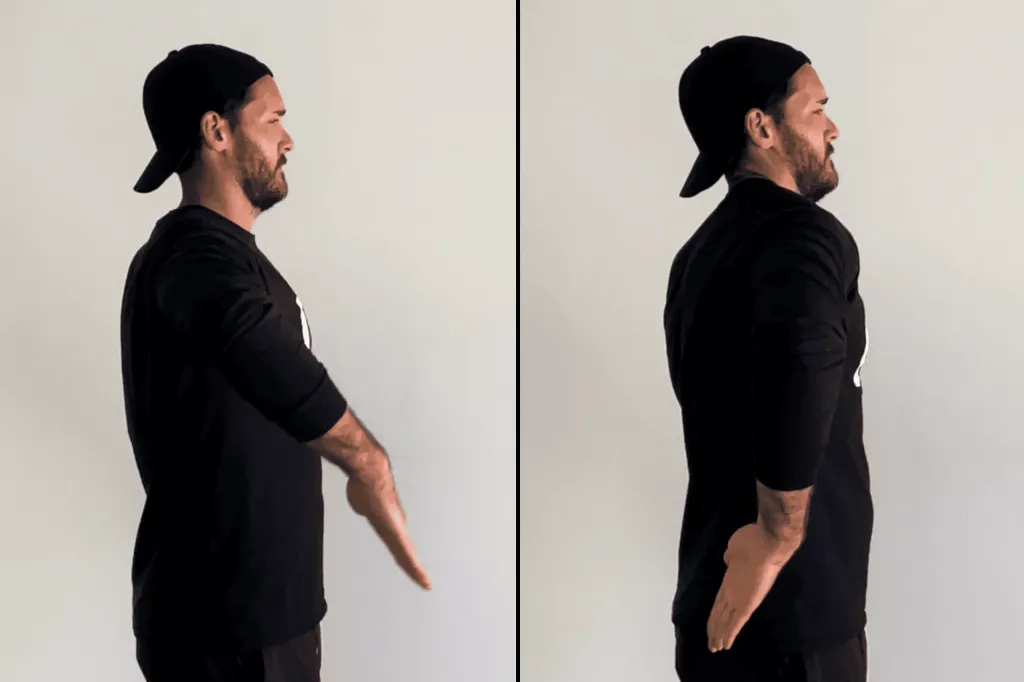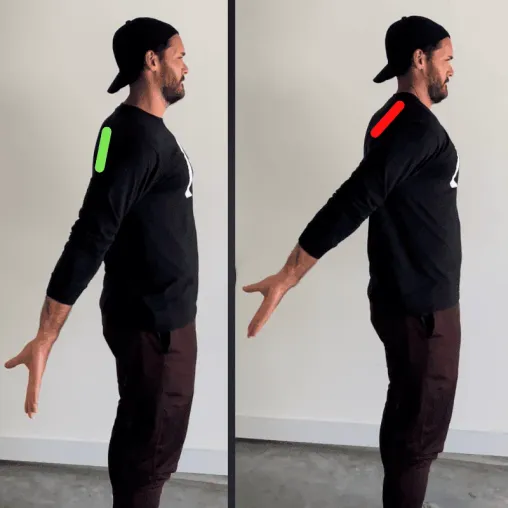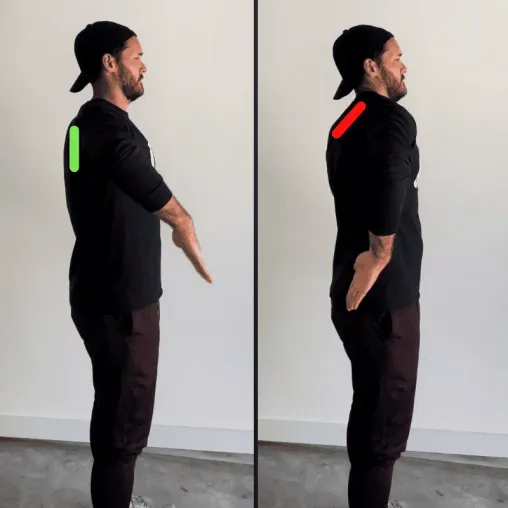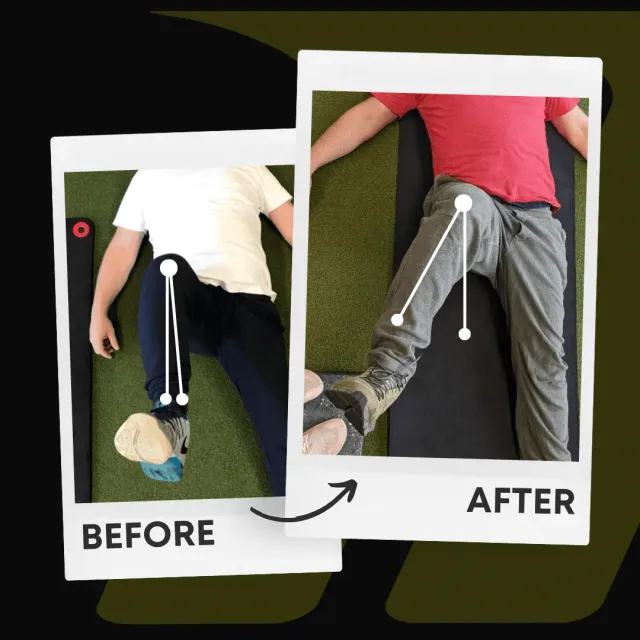My Upper Traps: A Closer Look
March 16, 2022 | Functional Range Conditioning

Editor’s Note: Let me preface this article by saying that not everyone with humongous traps or a really tight neck has poor shoulder mobility. I realize it’s possible to be muscular and mobile. So, take this article with a grain of salt and chalk it up to me, spitballing anecdotes about things I see in the gym and from working with clients.
I’ve been consistently strength training at the gym for the last ten years using all sorts of equipment with various goals in mind (e.g., wanting to be lean, strong, more muscular, etc.) Of course, I have strengths and weaknesses like everyone else, but I’d like to think I’m advantaged to be more holistically muscular and strong, given my experience and education.
However, sometime in 2018, it dawned on me that my neck and traps were pretty atrophied compared to everything else.
I didn’t do much neck training, so that makes sense. But I do things to directly train my upper traps a few times per week, like loaded carries, overhead pressing, etc. Still, if I use the average male gym-goer as a basis for comparison, I don’t look like I “lift.”
So, what gives?
Shoulders 101.
The shoulder is the most mobile joint in the human body (as evidenced in our CARs videos below). It has a vast range of motion with significant rotational capacity, but this comes at a cost.
The cost is that the shoulder is complex, which is why we generally refer to it as the shoulder complex; there are a lot of moving (or not moving) pieces that contribute to your shoulder’s function.
However, when you see the word shoulder, you can assume I’m talking about the glenohumeral joints (ball and socket) or the scapulothoracic joints (shoulder blade).
The easiest way to differentiate these two joints is to look at our CARs videos on our YouTube channel.
Shoulder CARs work the glenohumeral joint; this is where a majority of your shoulder range of motion comes from.
Scapular CARs focus solely on the scapulothoracic joint; this is where a majority of your shoulder blade range of motion comes from (e.g., shrugging your shoulders, which is your upper traps’ primary function).
Overdeveloped traps & A tight neck: a sign of Poor Shoulder Health?
Nine times out of ten, if I work with a client with overdeveloped traps or a really tight neck, it’s almost always guaranteed that they lack very specific ranges of motion at the glenohumeral joint. More specifically, we see a loss of shoulder internal rotation; check out our results page to see what I mean.
When there is a lack of proper rotation in the joint that was designed to rotate, something else takes on that role. And nothing is more familiar to most people than their traps (you know, that thing you use to shrug your shoulders).
So, if you lack internal rotation at the shoulder, the shoulder blade will inevitably elevate and tilt to make up for the lack of shoulder rotation. You can see this clearly by looking at the scapular positioning in the photo below (green is a neutral shoulder blade against the ribcage, red is an elevated and tilted forward shoulder blade).

Left: Shoulder Extension. Right: Shoulder Extension + Scap Elevation & Tilt
Further, since muscles in the neck attach to the shoulder and vice versa, we often see neck pain associated with shoulder or trap pain/tightness.
Perhaps it’s a Misunderstanding of Shoulder Function.
Do you train your shoulder extensors? Most people would probably say no because they don’t look at exercising through a human movement lens.
Do you do push-ups? What about rows? Do you do pull-ups?
All those things require shoulder extension (i.e., bringing the arms from in front of the body behind the body).

Left: GH Internal Rotation. Right: GH Internal Rotation + Scap Elevation & Tilt
Whether or not you can adequately train shoulder extension is a different story; I would wager that many people cannot differentiate between shoulder extension and scapular movement. Instead, they do stuff and hope that it works.
Being able to elevate and tilt your shoulder blade is perfectly fine (I mean, my shoulder almost exploded taking these pictures, but still). The question is, is that all you can do?
I’m healthy. Shucks.
I eventually concluded that I have healthy shoulders that can articulate and accomplish movements in many ranges of motion.
My traps aren’t small; they are normal.
I am lucky, but I’m also constantly pursuing betterment in the movement department. And that’s really what this comes down to. Our industry trains people to do exercises and hopes that they can do it rather than teaching them how to use and move their bodies.
Just because you can do 45 push-ups in a row does not mean you have good shoulder internal rotation or extension; it means you can do 45 push-up variations that you’ve made look like push-ups.
Just because you think you know how to move your shoulder doesn’t mean you do.
Without assessing you, I can’t tell you why your traps are big, tight, happy, or sad.
But I can say this: going through the motions and not digging deeper into why you feel the way you do is limiting your potential and health.
Don’t be like everyone else. Level up, or have someone like us show you how.
Written by
Brian Murray, FRA, FRSC
Founder of Motive Training
We’ll teach you how to move with purpose so you can lead a healthy, strong, and pain-free life. Our headquarters are in Austin, TX, but you can work with us online by signing up for KINSTRETCH Online or digging deep into one of our Motive Mobility Blueprints.




